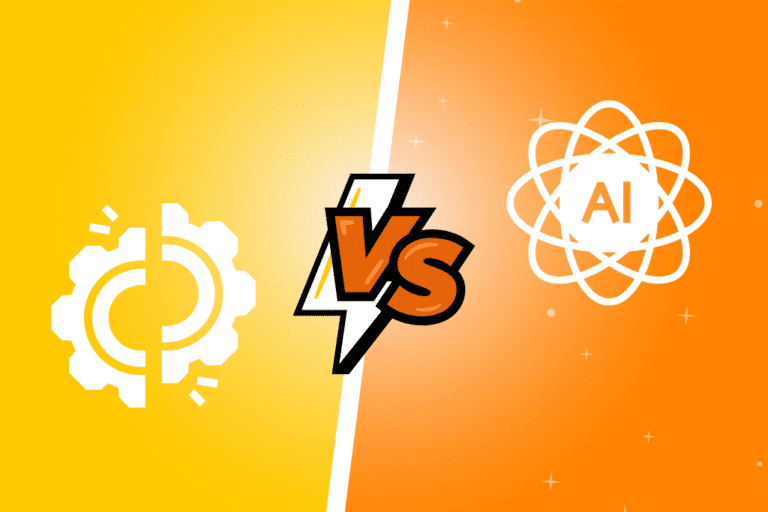As legal departments are facing the challenges of digital transformation, they need robust solutions to help increase efficiency while ensuring the protection of the highly sensitive data they handle and compliance with ever-evolving regulations. This is where Enterprise Legal Management (ELM) software comes in.
Enterprise Legal Management Software explained
Enterprise Legal Management or ELM englobes the strategy and processes of a corporate legal department, including matter management, billing and legal spend workflow automation, as well as reporting and analytics.
ELM has long been handled with traditional, low-technology methods, but in a context of digital transformation, greater regulatory compliance risk and smaller budgets, digital transformation has become a necessity.
With traditional processes and methods, legal teams often struggle with inefficient processes, scattered documentation, and lack of communication, which can lead to:
- Overspending
- Miscommunication, risk of errors
- Misallocation of resources
- Missing compliance and contractual deadlines
This significantly impacts the legal department’s performance and results.
Enterprise Legal Management software helps address these issues. It’s a comprehensive solution designed to streamline the operations of in-house legal teams, helping them centralize all operations and legal data in a single place, enhancing collaboration, improving efficiency, and boosting overall productivity and decision-making processes.
The benefits of ELM software
To optimize the performance of a legal department, ELM software must cover the main aspects of corporate legal and include essential features such as:
1. Matter Management
Legal matter management refers to activities involved in managing all aspects of the corporate legal practice. ELM software facilitates this management by providing a sure central repository for all legal documents and data, enabling legal teams to track their matters and easily collaborate with involved stakeholders. Workflow automation and automatic reminders help optimize processes while increasing control over matter spend.
2. eBilling & Spend Management
In the context of tightened budgets and increased accountability, legal operations need extensive control over invoicing and legal spend. This is where eBilling and spend management come into play. eBilling features help review invoices for compliance with billing guidelines and validate hourly rates and alternative fee arrangements. A robust ELM will also enable legal departments to better manage law firms and vendors, identify, track, and predict costs. Capabilities for automating budgets and vendor accruals simplify tracking and predicting costs. An efficient solution also offers workflow automation, reducing repetitive tasks and increasing productivity and accuracy.
3. Legal Hold
With ELM software, legal holds become easier to manage. An efficient solution offers a central repository for preservation notices, reminders and release, giving the legal department control and tracking over the communication workflow between legal, data custodians and IT staff in charge of data collection. Legal hold management can further be facilitated by robust capabilities such as automated notifications, tracking, custodian acknowledgement and easy release of holds/custodians. In addition, integration with other applications makes it easy to keep custodian data up to date and even assist with automatically preserving data.
4. Reporting and Analytics
Legal departments handle an ever-increasing volume of data. Data is a highly valuable resource, but only if the legal department can transform it into insights. This requires an ELM tool with comprehensive analysis and reporting capacities. Not only does data become an effective tool for decision making, but easy-to read analyses and reporting also facilitate collaboration between in-house counsel and the different internal and external teams and stakeholders involved in legal matters.
5. Contract Lifecycle Management
An ELM solution wouldn’t be complete without contract lifecycle management. Managing contracts makes for a big part of legal departments’ workload and can become overwhelming when done manually. CLM capabilities should give a 360° view of the contract life cycle and offer comprehensive features including workflow automation, easy collaboration, document control, secure contract execution and integrated e-signature features. A CLM tool Simplify the intricate stages of your contracts, reducing the workload while increasing accuracy.
What about data security and compliance?
The legal department is handling highly sensitive data, and it’s their role to protect the organization from risks regarding data security. This is one of the reasons in-house counsel may have been more reluctant than others to embrace digital transformation. But digital legal management and data security aren’t necessarily mutually exclusive. There are solutions that offer very high security standards. Moreover, as a digital tool mitigates the risk of human error, increases accuracy, allows for deadline reminders, it improves certain aspects of data protection.
Optimize your legal operations!
It’s time to embrace digital transformation and to optimize your legal operations. Enterprise legal management software helps increase efficiency, reduce costs while offering a high level of data security. If you’re ready to get started, make sure to choose a comprehensive solution that adapts to your needs even if they evolve, and that offers the data protection your data needs.
The question is no longer whether to choose ELM software, but which one. The right solution will help maximize success and help you achieve your goals.
DiliTrust recently acquired ELM provider doeLEGAL. Learn more about Ascent ELM online.


